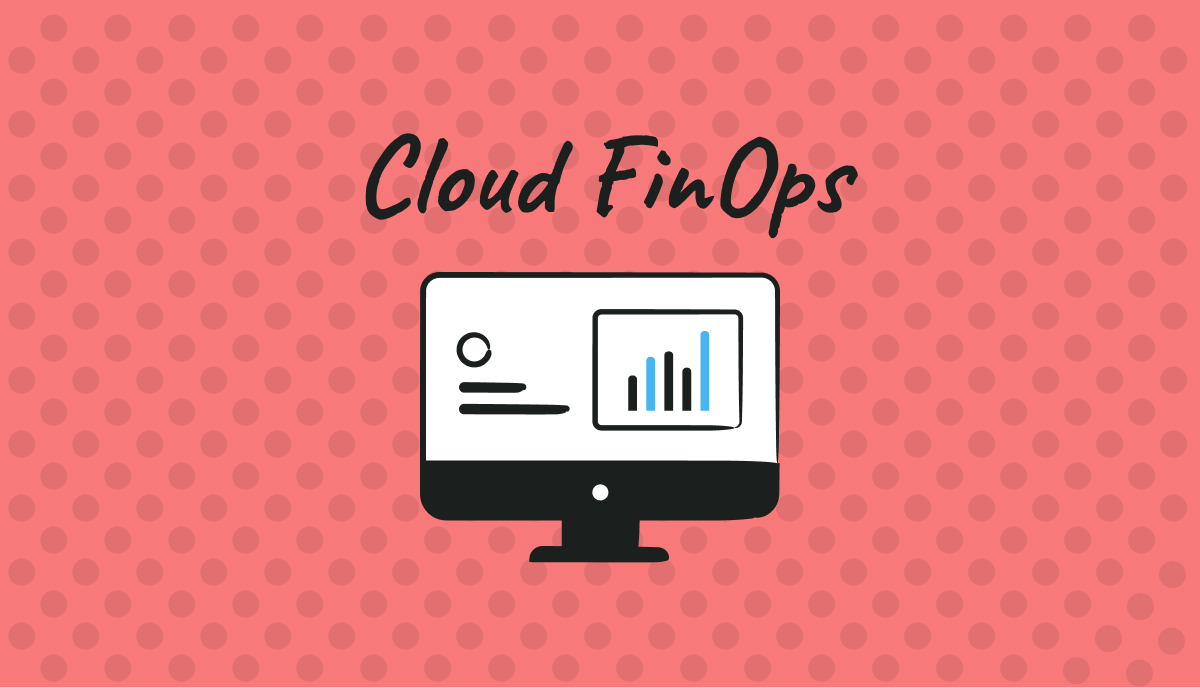Cloud Rate Optimization: A Critical Imperative for FinOps and DevOps Professionals

Table of Contents
- Introduction
- What is Cloud Rate Optimization?
- Why is Cloud Rate Optimization Essential for FinOps and DevOps?
- Strategies for Effective Cloud Rate Optimization
- The Role of FinOps in Cloud Rate Optimization
- Conclusion
Introduction
As enterprises embrace the digital era, the cloud has become an instrumental part of their business strategy. Today, companies rely on a vast array of cloud-based services, from data storage to processing power, to drive their operations forward. But just as this evolution offers myriad advantages, it presents a significant challenge for FinOps and DevOps professionals.
In this article, we'll dive into the topic of Cloud rate optimization, exploring its importance for businesses, and offering insights into the most effective implementation strategies.
What is Cloud Rate Optimization?
At its core, cloud rate optimization revolves around effectively managing and reducing the costs associated with cloud service consumption. For a DevOps team deploying microservices, this might translate to identifying services that require more resources during peak times and scaling those resources based on demand, ensuring efficient utilization. The aim is to ensure that enterprises receive the maximum value from their cloud investments without overspending.
Why is Cloud Rate Optimization Essential for FinOps and DevOps?
- Cost Savings: Like any utility, if cloud resources are not optimized, bills can be exorbitant. DevOps can use container orchestration tools like Kubernetes to ensure application instances are scaled based on real-time needs, leading to cost-effective cloud consumption.
- Budget Predictability: With Infrastructure as Code (IaC) tools such as Terraform, DevOps teams can script and automate cloud infrastructure, ensuring consistent and predictable deployments, which aids in better financial planning.
- Improved Operational Efficiency: Using CI/CD pipelines, DevOps can ensure seamless deployments to the cloud environment, reducing downtime and ensuring that resources are utilized effectively.
Strategies for Effective Cloud Rate Optimization
- Rightsize Your Resources: Using monitoring tools like Prometheus and Grafana, DevOps teams can analyze cloud resource consumption patterns and adjust VM sizes or container replicas accordingly, ensuring optimal provisioning.
- Leverage Reserved Instances: DevOps teams can proactively reserve instances or databases for long-running services, leveraging discounts and ensuring performance stability.
- Monitor and Analyze Regularly: DevOps can implement the ELK Stack (Elasticsearch, Logstash, and Kibana) to monitor logs and visualize data, offering insights into cloud usage patterns and helping to make informed decisions.
- Delete Unused Resources: Automated cleanup scripts can ensure that DevOps teams regularly remove stale or unused cloud resources, such as outdated deployment environments or unused data volumes.
- Automate Where Possible: CI/CD tools like Jenkins, combined with configuration management tools like Ansible, can automate various deployment and scaling operations, ensuring cloud costs are optimized without manual intervention.
The Role of FinOps in Cloud Rate Optimization
- Cost Visibility: DevOps teams, by tagging cloud resources using provider-native tagging mechanisms, can offer a granular breakdown of costs, aiding FinOps in understanding and planning expenditure.
- Collaborative Approach: Joint sessions between DevOps and FinOps teams can lead to sharing insights from tools like CloudHealth, promoting collaboration and a shared vision in cloud rate optimization strategies.
- Continuous Learning and Adaptation: As cloud providers release new tools or features, the DevOps team, in collaboration with FinOps, should continuously integrate these into their processes to maximize cloud rate optimization.
Conclusion
Cloud rate optimization, with the convergence of FinOps and DevOps practices, presents an opportunity for companies to leverage the cloud in the most cost-effective manner. By melding financial strategies with technical DevOps tactics, organizations can harness the cloud's power sustainably, ensuring both operational excellence and financial prudence.







